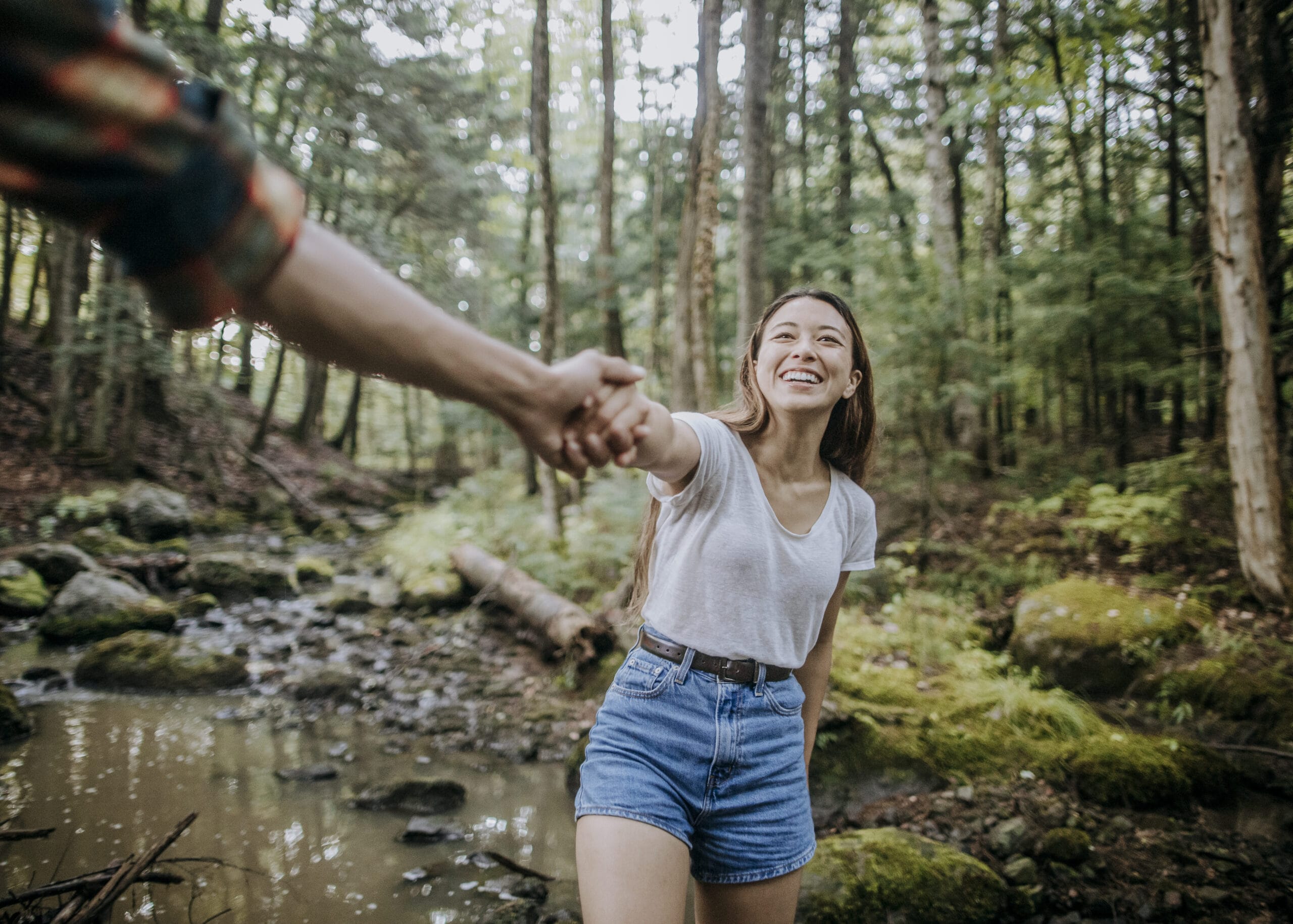This past year, like the one before, has witnessed the continued challenges of a global pandemic, a worsening climate crisis, the fight for racial equity, and budgetary pressures at all levels of government. Through it all, we’ve been deeply inspired by the resilience of the communities in which we work, and we’ve made enormous leaps forward to bring the benefits of the outdoors to all.
From the California coast to the mesas of New Mexico to downtown Atlanta, we have delivered on our promise to build parks where people most need them; transform asphalt schoolyards into neighborhood parks; protect important cultural sites; and ensure public access to our nation’s forests.
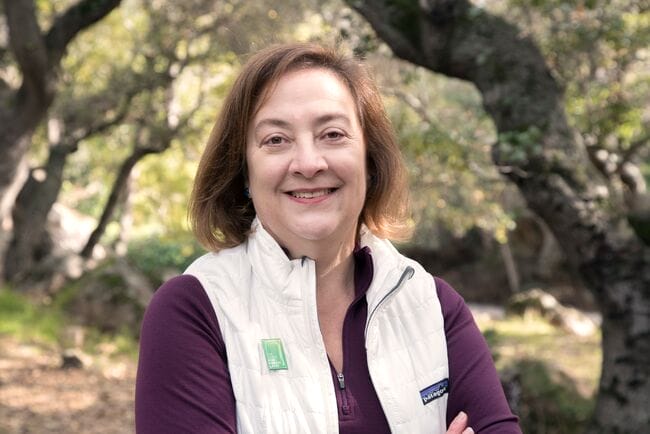 Trust for Public Land President and CEO Diane Regas Photo: Plus M Productions
Trust for Public Land President and CEO Diane Regas Photo: Plus M Productions
We also led a national coalition of 300 nonprofits, community groups, and companies that called on Congress for more funding for parks and open space through the Parks, Jobs, and Equity Act. And, thanks to the generosity of supporters, we launched the Equitable Communities Fund to spur park creation in areas long subjected to underinvestment and to help community nonprofits reeling from the pandemic.
For the first time, our annual ranking of park systems in the nation’s 100 largest cities—the ParkScore® index—placed equity at the center of our evaluation, where it belongs. In fact, we became the first organization anywhere to actually measure park equity. Using census data, satellite imagery and mapping technology, our researchers found widespread disparities in park space across racial and economic lines. Our team of data scientists uses these and other metrics to pinpoint where best to locate parks to ensure that everyone has fair access to the benefits of parks on our health, on cooling extreme heat in our neighborhoods, and on closing the park equity gap.
We doubled down on our commitment to outside for all, opening parks in city neighborhoods where too few residents reap the benefits of green space. One of many such examples was Dominick Andujar Park in Camden, New Jersey. The reimagined park, named for a six-year-old boy murdered while defending his sister during a home invasion, provides the community a safe and beautiful place for people of all ages to gather and play.
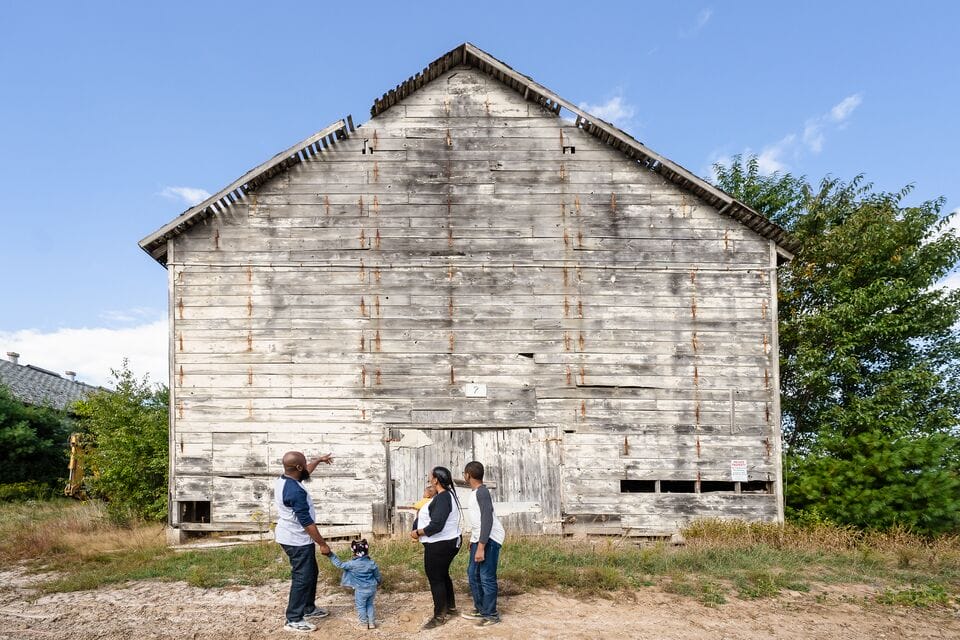 Historic barns at Meadowood, in Simsbury, Connecticut Photo: Kesha Lambert
Historic barns at Meadowood, in Simsbury, Connecticut Photo: Kesha Lambert
We also sought ways to protect, preserve, and activate Black cultural and historic sites and, in the process, raised awareness of a troubling fact: Just two percent of sites listed on the National Register of Historic Places commemorate the experiences of Black Americans. In Connecticut, we celebrated the protection of Meadowood, the former tobacco farm where a young Martin Luther King Jr. spent summers working alongside scores of other students from Morehouse College. It was King’s first time outside the deeply segregated South, and scholars say the experience was transformative.
On the other side of the country, we secured a deal to permanently protect 384 acres of undeveloped land on Banning Ranch in Southern California, one of the biggest swaths of private land remaining on that state’s coast. Conservation of the property helps the surrounding communities better adapt to the effects of climate change while narrowing the park equity divide. The ranch is within an hour’s drive of 8.4 million people, half of whom live in low-income communities where parks are scarce.
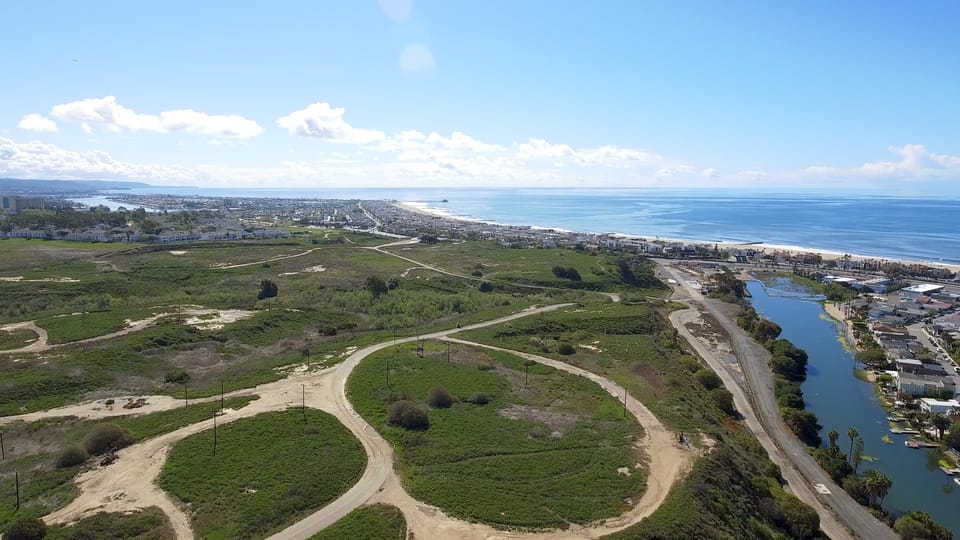 Stills from a video in Banning Ranch, California, on May 6, 2021. Photo: Reuben Herzl/Groundmaking
Stills from a video in Banning Ranch, California, on May 6, 2021. Photo: Reuben Herzl/Groundmaking
Also in the West, we expanded the Sabinoso Wilderness, a rugged landscape of mesas and canyons in New Mexico, laced with pinon pine and juniper woodlands. Our donation of the 9,855-acre Cañon Ciruela property was the single largest gift of land in American history for the expansion of a federal wildness area.
Our commitment to protect forests and woodlands for rural communities continued from coast to coast. In Oregon, we created the Butte Falls Community Forest, a 450-acre property that offers hiking and biking trails, a historic railroad park, park amenities, and managed forestland. In the Downeast Lakes region of Maine, we helped expand a 50,000-acre community forest by an additional 2,015 acres, giving residents in the population center of Bangor easier access to the great outdoors. In Hawaii, on the island of Kauaʻi, we protected the Alakoko Fishpond, a 600-year-old site of cultural and historic importance. The 102-acre manmade pond is a notable example of early aquaculture in the state.
Parks were also strategically deployed to counter the devastating effects of climate change, which experts say will grow worse in the coming years. In Atlanta, we unveiled the newly renovated Cook Park, where community members now play, exercise, and experience nature next to a handsome two-acre retention pond that addresses years of disastrous flooding.
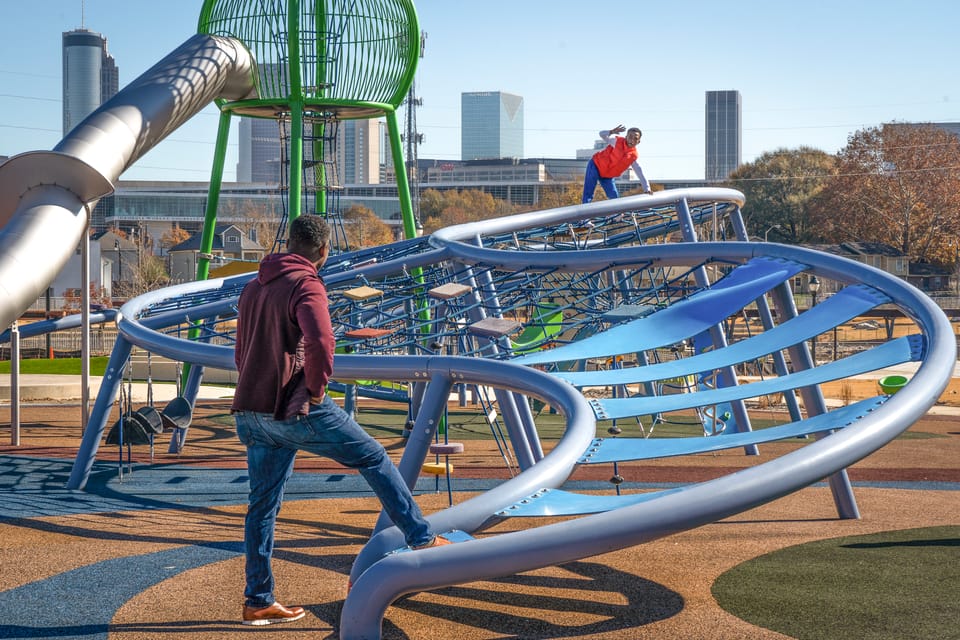 Cook Park in Atlanta Photo: Julieta Vergini
Cook Park in Atlanta Photo: Julieta Vergini
From Philadelphia to Oakland, California, we cut the ribbon on one Community Schoolyards™ project after another. We relished seeing students plunge their hands in garden beds, gaze up at tree canopies, and burn off steam on new play equipment, turf fields, and basketball courts. The renovated schoolyards reduce extreme heat and absorb stormwater with porous surfaces and specially engineered soils. They also provide students with outdoor classrooms that deepen their engagement through hands-on learning. We are excited about our revamped schoolyards because the science shows that green space around schools improves test scores and school attendance, while also helping kids’ behavior.
These projects offer just a glimpse of our work to drive a national movement to create healthier, more equitable communities. Our community-first approach is opening up vast landscapes, green city parks, interlinked trails, and vibrant schoolyards to more people than ever before. These efforts create not only a new generation of environmental stewards and outdoor enthusiasts, but they also foster a more cohesive, more resilient—and yes—a more just society. Looking back on 2021, I am proud of our progress and beyond grateful for your support, which makes this work possible.
Diane Regas is Trust for Public Land’s president and CEO.
Feeling Inspired?
Make more projects like this a reality. Donate now.
One-third of Americans, including 28 million children, lack safe, easy access to a park within a 10-minute walk of home. Urge your senators to allocate funding to create parks and enhance outdoor recreational opportunities by championing the Outdoors for All Act today!

